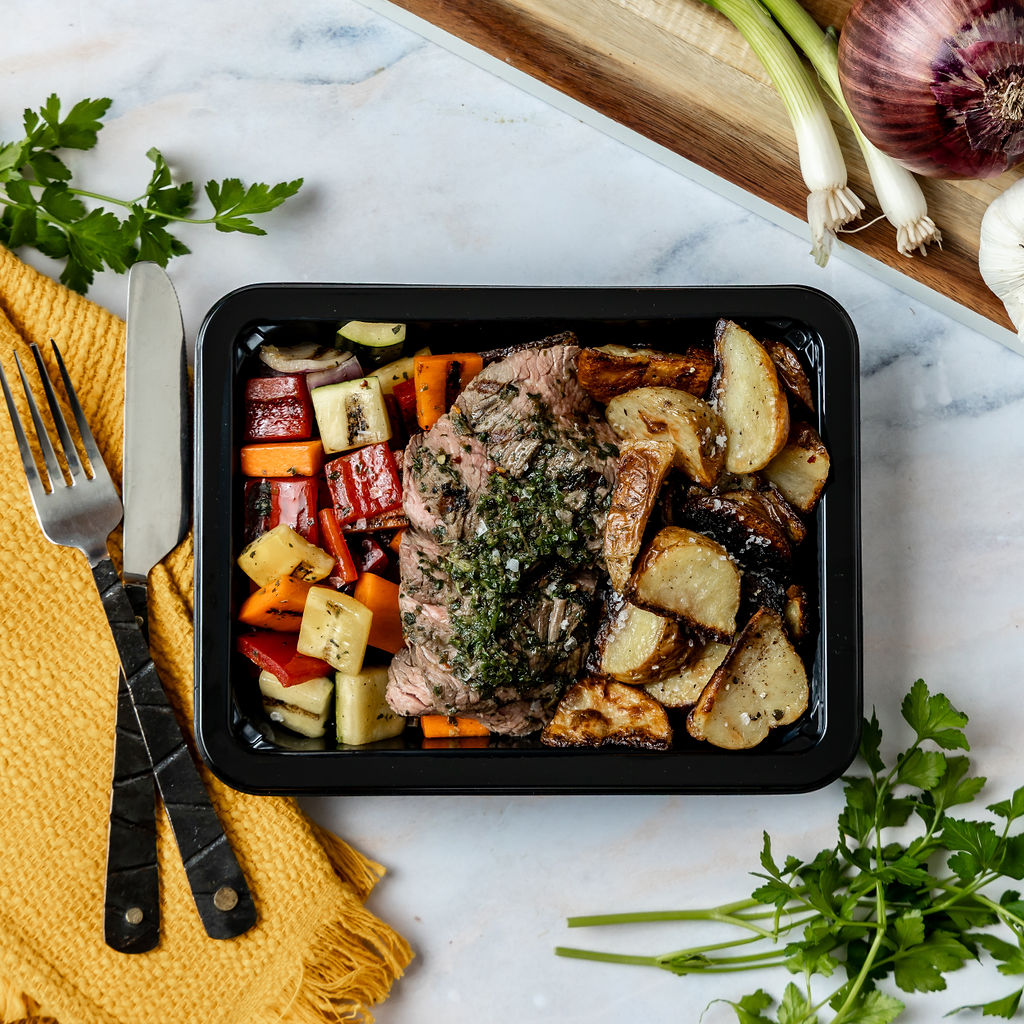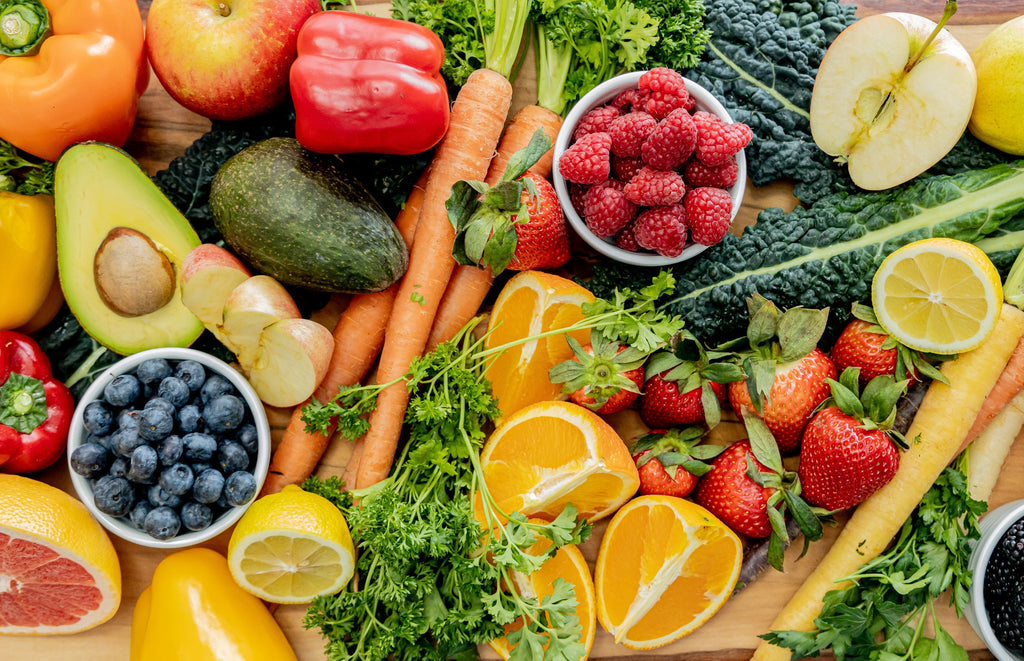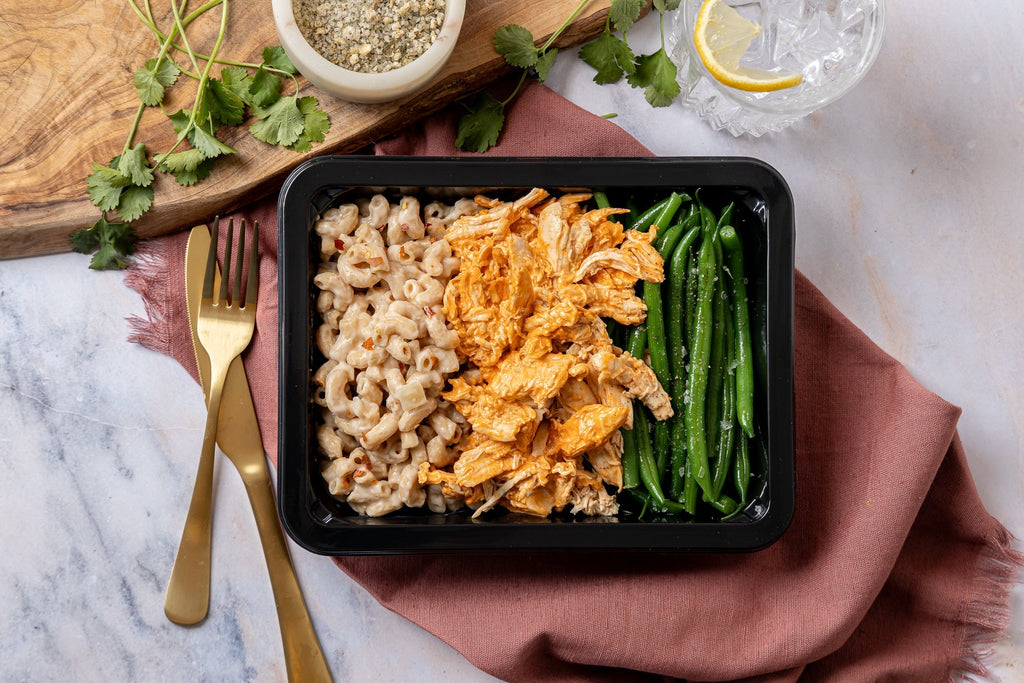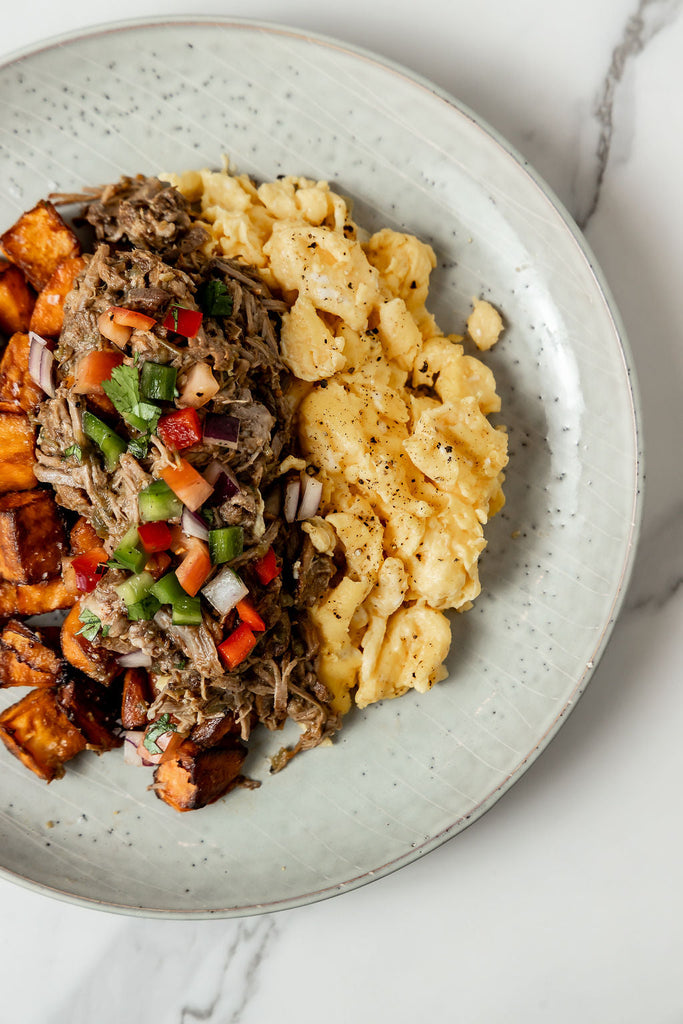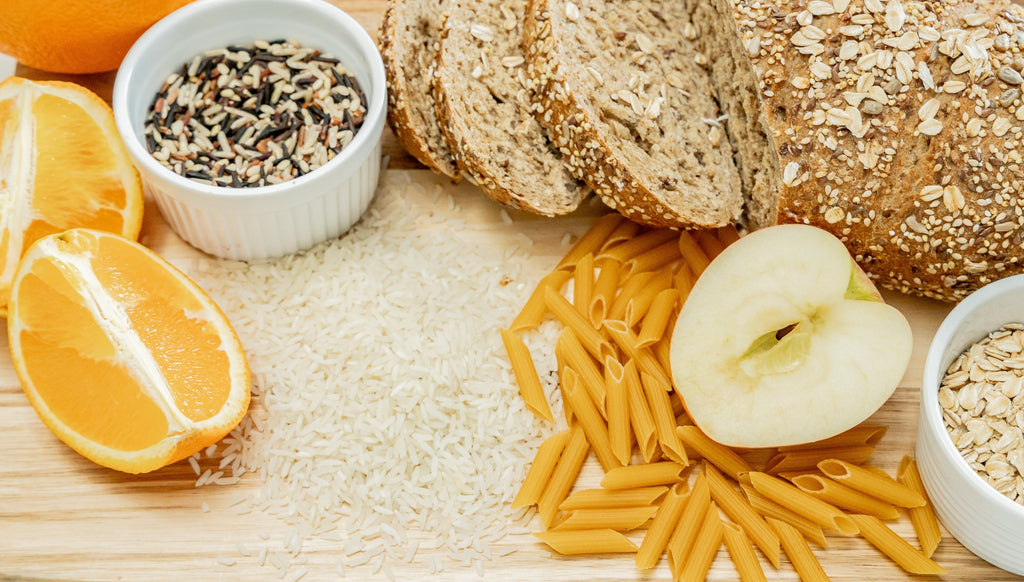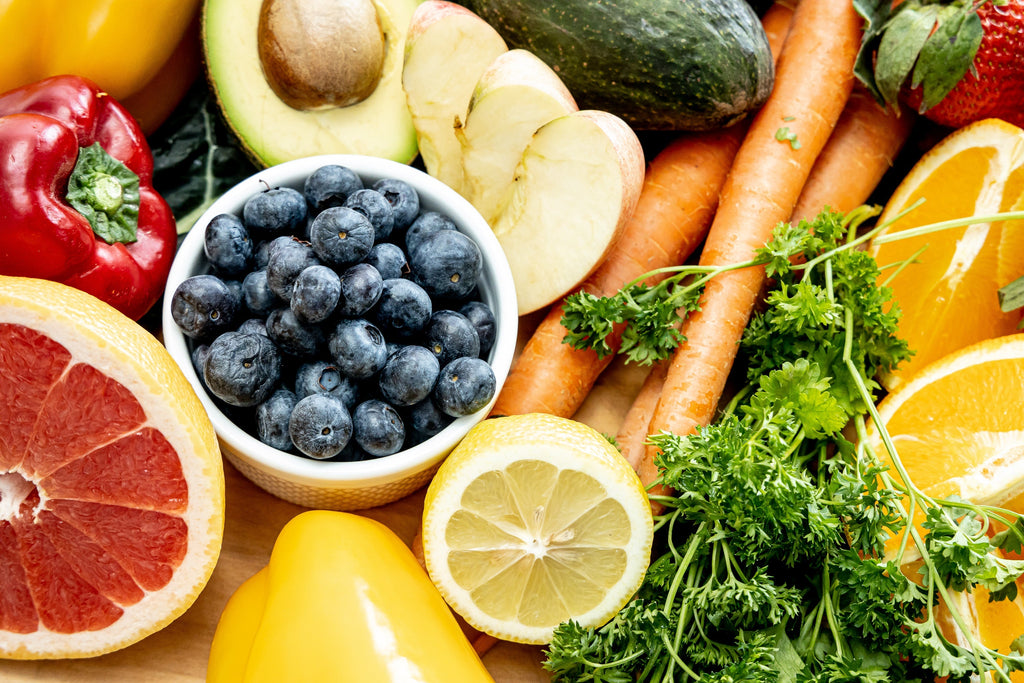How Small Nutrition Changes Add Up Over Time
Steph Windes 🐈⬛
Understanding Portion Sizes Without Measuring Everything
Steph Windes 🐈⬛
Tips for Eating Healthy with an Irregular Summer Schedule
Steph Windes 🐈⬛
Is Breakfast Really the Most Important Meal of the Day?
Steph Windes 🐈⬛
How to Actually Listen to Your Body When You're Hungry
Steph Windes 🐈⬛
Boost Your Health with Booster Foods
Steph Windes 🐈⬛
Understanding the Role of Antioxidants in the Diet
Steph Windes 🐈⬛
What Most Store-Bought Meals Get Wrong
Steph Windes 🐈⬛
Finding Balance When Routine Fades
Steph Windes 🐈⬛
How to Spot a Nutrient-Dense Meal
Steph Windes 🐈⬛
All-or-Nothing Dieting: A Recipe for Burnout
Steph Windes 🐈⬛
The Cost of Skipping Meals
Steph Windes 🐈⬛
Protein Goals: A Simple Guide to Reaching Your Daily Target
Stephanie Windes 🐈⬛
Intermittent Fasting: Is It Right for You?
Steph Windes 🐈⬛
Keto: Why It’s Not a One-Size-Fits-All Solution
Steph Windes 🐈⬛
Artificial Sweeteners: Friend or Foe?
Steph Windes 🐈⬛
Glycemic Index and Load: Understanding Their Impact on Blood Sugar and Health
Stephanie Windes 🐈⬛
Balancing Act: The Importance of Omega-3 & Omega-6 Fatty Acids
Steph Windes 🐈⬛
Sleep Your Way to Better Health: The Connection Between Rest and Nutrition
Stephanie Windes 🐈⬛
Fiber: The Key to Better Digestion and Health
Stephanie Windes 🐈⬛






